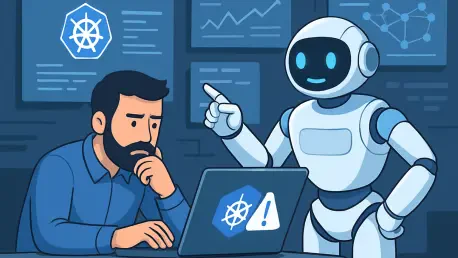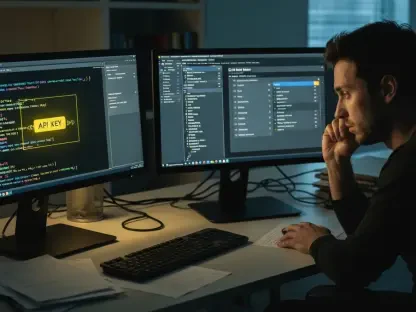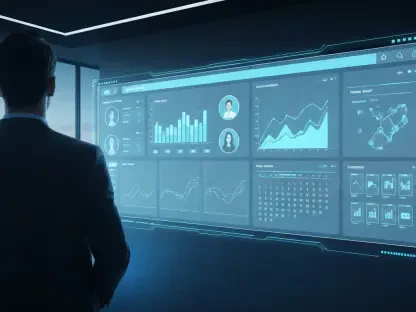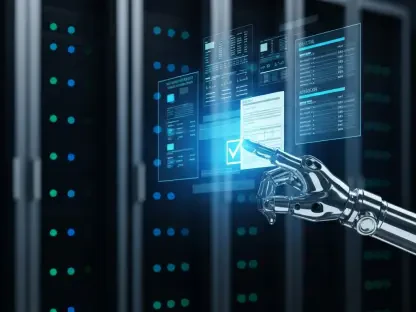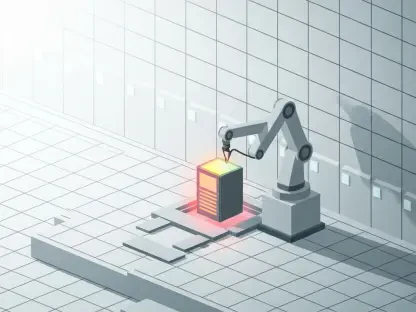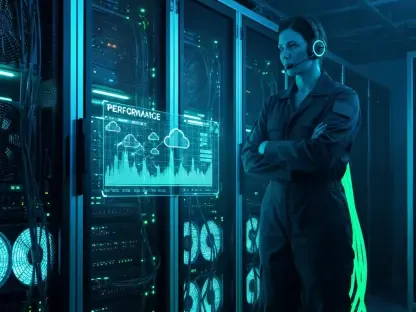Today, we’re thrilled to sit down with Vijay Raina, a seasoned expert in enterprise SaaS technology and software architecture. With years of experience in designing robust systems and providing thought leadership in the field, Vijay brings a wealth of knowledge to the table. In this conversation, we dive into the complexities of troubleshooting Kubernetes in production environments, explore the potential of AI-assisted diagnostics tools, and discuss how automation could transform the way engineers tackle pod failures. From common challenges to innovative solutions, Vijay shares his insights on navigating this critical aspect of modern cloud-native systems.
Can you walk us through the biggest challenges of troubleshooting Kubernetes pods in a high-pressure production environment?
Troubleshooting Kubernetes pods in a production setting can be a real headache. The sheer volume of activity means you’re often dealing with multiple failures at once, and the stakes are high—downtime can impact users immediately. The complexity comes from the distributed nature of Kubernetes; a pod failure might stem from network issues, resource constraints, or application bugs, and you’ve got to dig through layers of abstraction to pinpoint the cause. Plus, you’re juggling logs, events, and configurations across different tools and outputs, which demands a lot of mental context-switching. It’s not uncommon to feel overwhelmed when you’re racing against the clock to restore service.
What are some typical steps you follow when a pod fails, and how much time does it usually take to diagnose just one issue?
When a pod fails, my first step is usually to check its status with kubectl get pods to see what state it’s in—whether it’s CrashLoopBackOff, ImagePullBackOff, or something else. Then, I dive deeper with kubectl describe pod to get a detailed view of the pod’s configuration and any error messages. Next, I pull logs using kubectl logs to see what the application or container is reporting, and if it’s crashed, I might check previous logs with the --previous flag. I also look at events with kubectl get events to catch any cluster-level clues. For a single pod, this can take anywhere from 10 to 30 minutes, depending on the complexity of the issue and how familiar I am with the application. In a busy environment, though, this time adds up quickly when you’re handling multiple failures.
What are the most common pod failure patterns you’ve seen in Kubernetes, and how do you approach resolving them?
The most frequent patterns I encounter are ImagePullBackOff, CrashLoopBackOff, and OOMKilled. ImagePullBackOff often happens due to a typo in the image name or missing registry credentials, so I double-check the deployment spec and ensure connectivity to the registry. CrashLoopBackOff usually points to an application startup issue—maybe a missing dependency or bad config—so I review logs and sometimes restart the pod to clear transient issues while digging deeper. OOMKilled means the container exceeded its memory limit, so I analyze usage patterns and often increase the limit temporarily while investigating if there’s a leak or if the app needs more resources. These patterns are predictable once you’ve seen them enough, but they still eat up time without automation.
How has your experience been with exploring AI-driven tools for Kubernetes diagnostics, or if you haven’t used them, what are your initial thoughts on their potential?
I haven’t used a specific tool like k8s-ai-diagnostics yet, but I’m intrigued by the concept of AI-driven troubleshooting. The idea of leveraging something like a large language model to analyze pod data—logs, events, descriptions—and spit out root causes and fixes is promising. It could be a game-changer for repetitive issues, especially in environments where engineers are stretched thin. My initial thought is that it could act as a force multiplier, handling the grunt work of correlating data so I can focus on deeper, systemic problems. But I’d want to see how reliable and context-aware these tools are before trusting them in production.
What do you see as the key advantages of using an AI-assisted diagnostics tool in a live production setting?
The biggest advantage is time savings. In production, where every minute of downtime matters, an AI tool that can scan a namespace, identify unhealthy pods, and suggest fixes in seconds is invaluable. It could drastically cut down the manual effort of running multiple kubectl commands and piecing together information. Another benefit is consistency—AI can apply best practices uniformly, without the variability that comes from different engineers’ experience levels. It also has the potential to spot patterns or correlations in data that a human might miss under pressure, helping to uncover root causes faster and reducing mean time to resolution.
How do you feel about relying on a large language model, like GPT-4, for analyzing Kubernetes failures, especially compared to human expertise?
I think it’s a powerful aid, but I’m cautious about over-reliance. A model like GPT-4 can process vast amounts of data quickly and suggest solutions based on patterns it’s been trained on, which is fantastic for routine issues like memory limits or container crashes. However, it lacks the nuanced understanding and intuition that an experienced engineer brings, especially for edge cases or cluster-specific quirks. There’s also the risk of blind trust—AI might suggest a fix that looks right but doesn’t account for broader system impacts. So, while I see it as a strong starting point, I’d always want a human in the loop to validate recommendations, especially in critical environments.
Can you share how you manually gather data for a failing pod using kubectl, and which commands are your go-to for digging into issues?
Absolutely. When a pod is failing, I start with kubectl get pods to get a quick overview of its status across the namespace. Then, I use kubectl describe pod with the specific pod name to see detailed info—things like container states, restart counts, and error messages. For application-level clues, kubectl logs is essential to check the output from the container, and if it’s crashed, I add --previous to see logs from before the crash. I also run kubectl get events with a filter for the pod name to catch any cluster events that might explain the failure, like scheduling issues or resource constraints. These commands together give me a full picture, but it’s a manual process of connecting the dots between them.
What’s your take on automating remediation for common issues like restarting pods for CrashLoopBackOff or adjusting memory limits for OOMKilled errors?
I’m all for automating remediation for well-understood, repetitive issues like CrashLoopBackOff or OOMKilled, provided there’s a safety net. Restarting a pod for CrashLoopBackOff is often a low-risk first step to clear transient problems, and automating that can save time. Similarly, increasing memory limits for OOMKilled makes sense as an immediate fix if the tool can suggest a reasonable value based on usage patterns. But I’d insist on a human approval step before any action is taken—automation without oversight can lead to unintended consequences, like cascading failures or masking deeper issues. Done right, though, it frees up engineers to focus on complex problems that need creative thinking.
Looking ahead, what is your forecast for the role of AI in Kubernetes diagnostics and troubleshooting over the next few years?
I believe AI will become an integral part of Kubernetes diagnostics in the coming years. As models get better at understanding context and integrating with observability tools like Prometheus, they’ll move beyond simple pattern matching to offer truly data-driven insights tailored to specific clusters. We’ll likely see tighter integration with incident management systems, enabling seamless workflows from detection to resolution. However, the human element will remain crucial—AI will handle the repetitive toil, but engineers will still need to tackle novel challenges and ensure accountability. I also expect advancements in security, like local model deployments, to address data privacy concerns, making AI a trusted partner in production environments.
